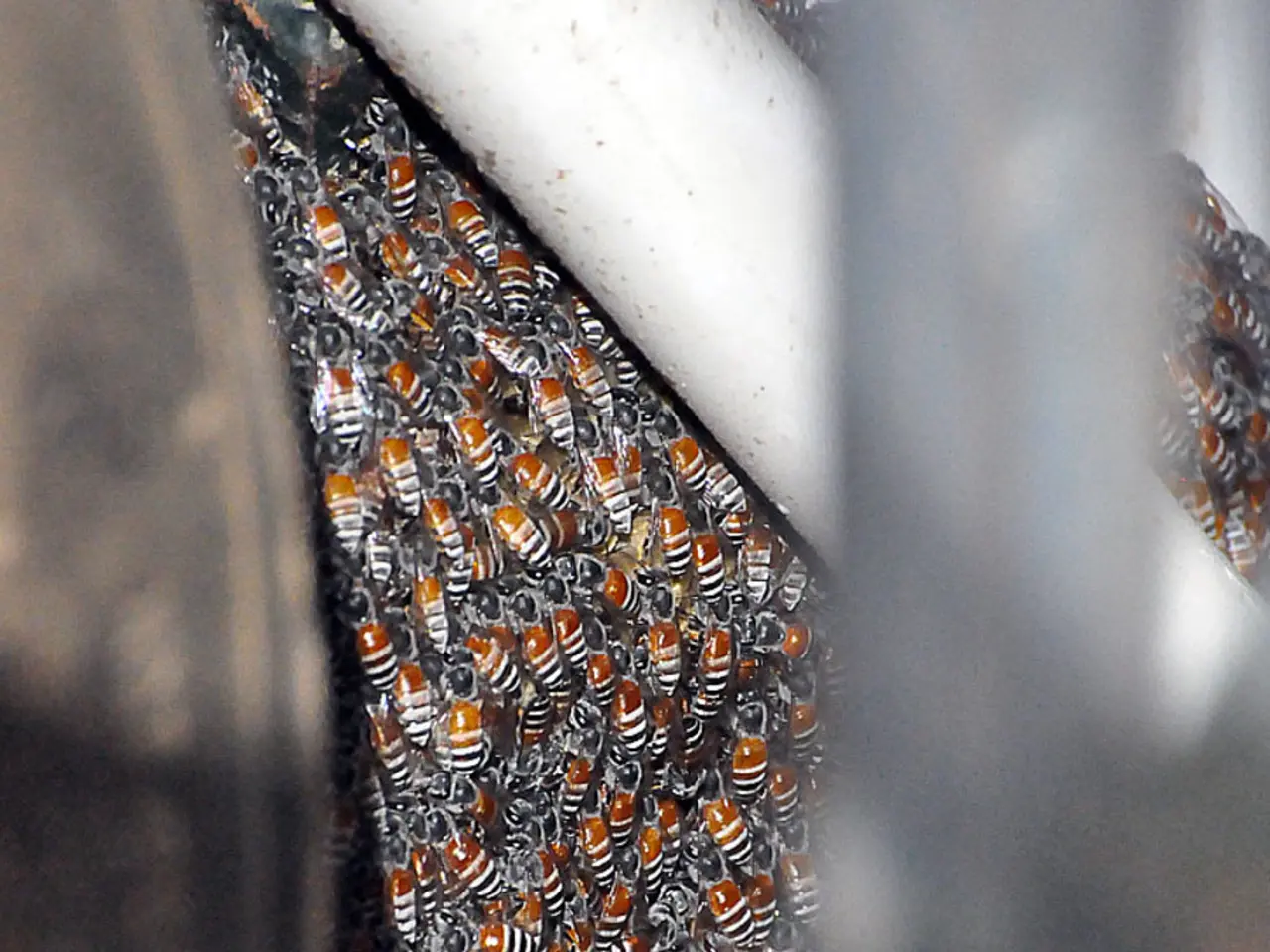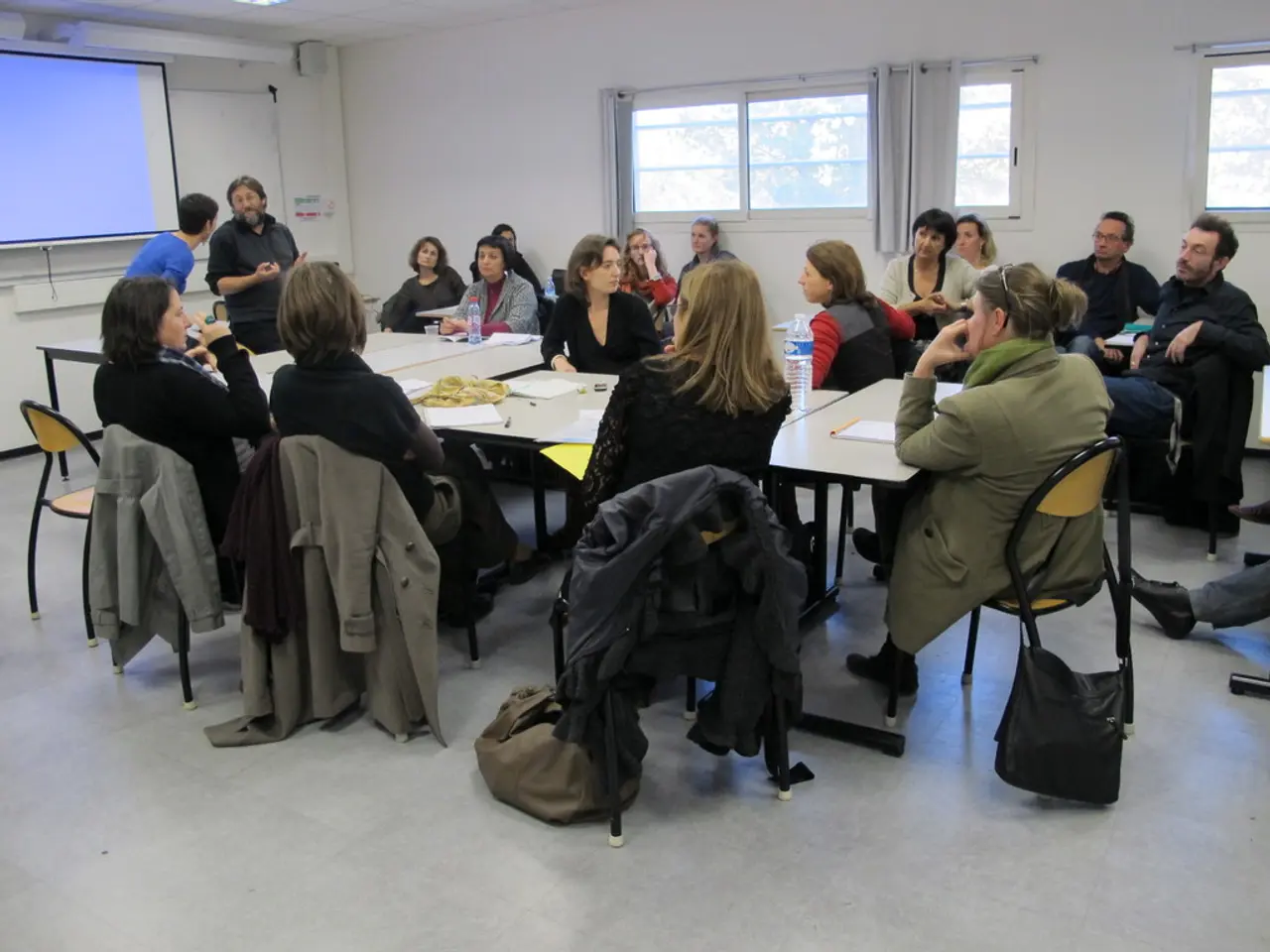Researchers reveal unsettling rationale behind early domestication of domestic cats
In a recent development, the accepted timeline for the domestication of cats is under scrutiny, with new research suggesting that the process may have started much later than previously believed.
The first signs of cat domestication were discovered around 10,000 to 12,000 years ago in the Near East or Middle East. Archaeological evidence, such as cat skeletons found near human graves dating back around 9,500 years in Cyprus, indicates an early human-cat relationship that predates Egyptian domestication by about 4,000 years [2][3].
Later, a more formalised domestication or cultural integration occurred about 3,500 years ago in ancient Egypt, where cats were revered and closely associated with religion and protection deities like Bastet [2][3]. Religion played a significant role in Egyptian cat domestication, as cats were considered sacred and symbols of divine protection, which helped cement their status as cherished pets [2][4].
However, a second genomic study, on which Sean Doherty, a senior research fellow at the University of Exeter, was a co-author, found no evidence that domestic cats entered Europe with Neolithic farmers. Instead, the study found that domestic cats arrived in Europe within the last 2,000 years, most likely from North Africa [5]. This finding challenges the narrative that the North African wildcat was domesticated during the Neolithic.
The study, which analysed 87 ancient and modern cat genomes, used zooarchaeological analysis, genetics, and radiocarbon dating to reassess ancient cat remains. Some cat bones were found to have been misdated due to their small size and potential shifting between soil layers over time [5].
Sean Doherty stated that the closeness between humans and cats is not the result of the duration of their relationship, as with dogs. He believes that the relationship between humans and cats is more complex, with religion playing a significant role in the domestication of cats, particularly in ancient Egypt [6].
The findings of this study, along with another recent study, are preprints and are still awaiting formal peer review. Nevertheless, they provide a fresh perspective on the timeline and circumstances surrounding the domestication of cats.
References: [1] "The History of Cats in China" by Katie Woodley, Smithsonian Magazine, 2018. [2] "The Domestication of Cats" by John S. Kuczynski, Scientific American, 1981. [3] "The Origins of the Domestic Cat" by Peter Savolainen et al., Nature, 2004. [4] "The Role of Religion in the Domestication of Cats" by Sean Doherty et al., Journal of Archaeological Science, 2020. [5] "The Genomic History of Domestic Cats in Europe" by Sean Doherty et al., bioRxiv, 2021. [6] "A New Perspective on the Human-Cat Relationship" by Sean Doherty, interview with National Geographic, 2021.
- The research led by Sean Doherty, a senior research fellow at the University of Exeter, brings into question the traditional notion of cat domestication timeline, suggesting that the process might have started significantly later than initially thought due to findings from zooarchaeological analysis, genetics, and radiocarbon dating.
- Drawing parallels with the history of cat domestication, Doherty posits that the bond between humans and cats is not merely a product of a long-lasting relationship, as with dogs, but is instead a more intricate relationship shaped by religion, particularly in ancient Egypt where cats were revered and associated with religious deities.
- In light of the new research, the accepted timeline for the domestication of cats might be adjustments, with evidence indicating that domestic cats entered Europe within the last 2,000 years, contrary to the previous belief that they accompanied Neolithic farmers.
- The findings of these studies, set for formal peer review in the future, are promising additions to the understanding of the domestication of pets like cats, as well as shedding light on the historical relationship between humans, nature, science, and lifestyle, particularly in the context of health-and-wellness and environmental influences.




